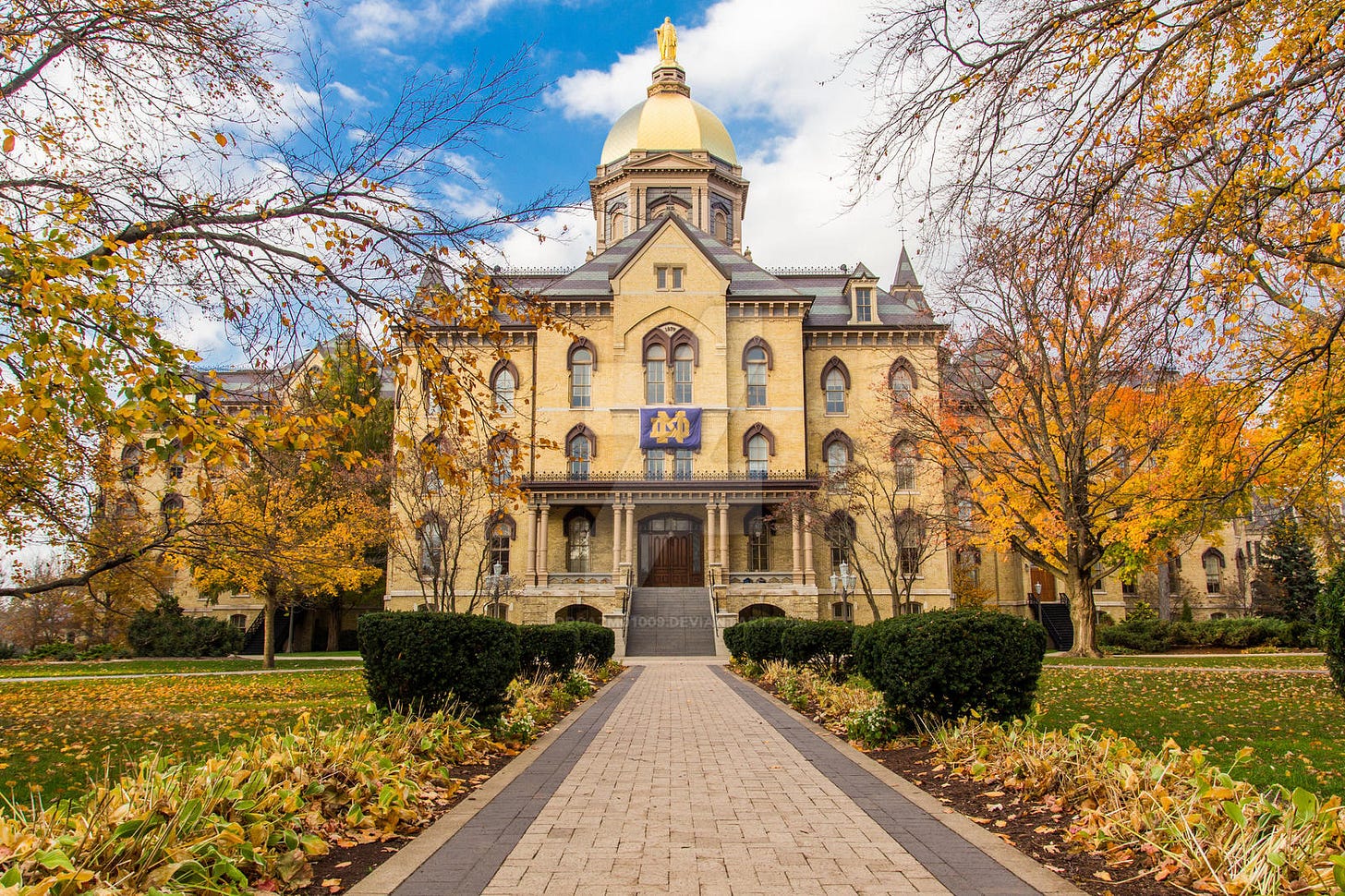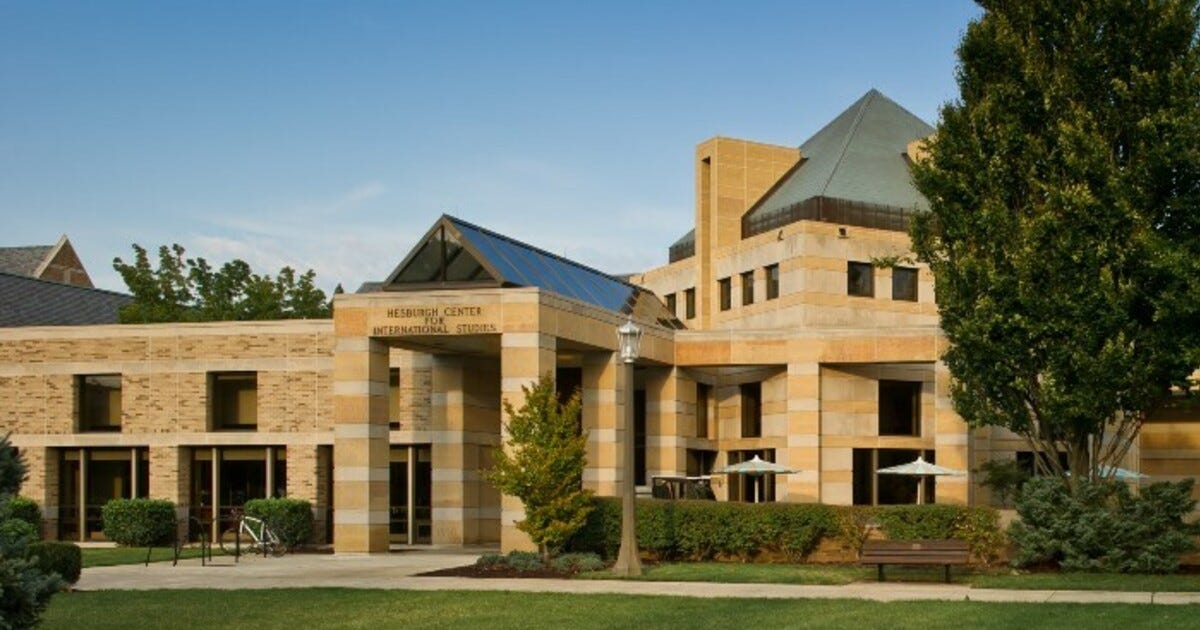In Defense of Order - Part 2
Revisiting the Idea of the Mixed Constitution - and Why it Matters
In Part 1 of this post, I discussed the centrality of Order in the thought of Russell Kirk and beyond, exploring its meaning and how a focus on order might equip us better to analyze current manifestations of disorder especially fomented by progressivism, but implicitly aided by the conservative movement’s unalloyed emphasis on freedom.
In this second part, I want to focus on the constitutional dimension of order. As Kirk wrote in The Roots of American Order, the Founding Fathers prized both liberty and order, but then - as is arguably the case now - “they found it well, at that moment in American affairs, to redress the American balance in favor of order.” The Constitution, by this understanding, was predominantly an effort to establish order in light of the widespread disorder of the time in which it was forged.
While Kirk recognized that there is a “tension” between “order and freedom,” the Constitution - by this understanding - sought to establish order that would form the constraint upon bad forms and exercises of freedom. Thus, the Constitution - broadly understood - sought to form the overarching context in which freedom would be rendered both possible and salutary. A proper approach to constitutional matters - again, broadly understood - would place greatest emphasis upon whether our order was well-maintained, producing an obviously ordered society. Yet, for several generations, those most focused on constitutional matters - especially in the conservative movement - have instead emphasized that the primary aim of the Constitution is to protect and advance liberty.
Even the casual observer today recognizes that the absence of order does not lead to a flourishing of liberty, but widespread disorder in every domain of life. Without a primary and ongoing focus upon good order, there is little hope for good liberty. Instead, disordered liberty - of the sort with which we have become extremely familiar in the social, personal, as well as the economic domains of our society - will rapidly become the defining feature of our time.
A focus on constitutional order would forefront concerns with stability rather than disruption; proportion rather than imbalance; and harmony rather than individualistic improvisation. As a political matter, this priority would shift emphasis markedly from the progressive focus on individual self-invention, and the so-called conservative emphasis upon the unencumbered economic self. Instead, attention would turn to good ordering, patterning, “weaving,” and balance of the various potentially disruptive elements of society. Only a well-ordered polity has prospects for the social harmony and stability that lead to longevity of that order through widespread flourishing. Such considerations should strike us especially in their absence, underscored today by the loss of confidence for the prospects of longevity of the current regime.
Before discussing such high concepts in the political realm, it is perhaps helpful to resort to some visual assistance from a domain that constantly environs us - the architectural realm. After all, words like “order,” “stability,” “balance,” and “proportion,” among many related words, are central concepts and concerns in classical architectural styles.
Classical architecture takes many guises, but it widely shares certain universal principles, especially those mentioned above: balance, proportion, stability, etc. All of these concepts relate back to one main feature that most fundamentally informs classical architecture - a respect for, and deference to, the laws of nature. Classical buildings both prominently and often subtly demonstrate their respect for natural forces by various features that widely, nearly universally, provoke admiration and awe.
Some of those features are: a balance of two sides aside an identifiable center; proportion in which the various elements do not overwhelm (or diminish) each other, and which is fitting an appropriate to the (human) creatures who will inhabit the structure; stability born of structural forms in which the foundation and base are solid - including features that visually amplify how the structure is wider on the bottom as compared to the top. Other ways that the the forces of gravity are respected include features that maintain the structure where it is weakest - over doors and windows, for instance - in the form of pillars, arches, and so forth. The harsh natural elements must also be respected, require it materials that are strong, lasting, and can be easily maintained over a long period of time.
Without even consciously understanding these various forms and formalities of order, “we know it when we see it.” My students, for instance, are surrounded by such structures, but rarely contemplate why, for instance, they prefer “the Golden Dome” to, say, to a building intended to honor Notre Dame’s most famous president, Theordore Hesburgh.
Main Building, Notre Dame
Hesburgh Center, Notre Dame
Crowds don’t gather to take photos of the Hesburgh Center or selfies in front of its disorderly form, but guests will frequently all but stop traffic to get a shot of the Golden Dome down the long, beautiful street that provides a stunning perspective to the heart of campus:
Much of modern architecture represents the wholesale rejection of these principles and accompanying practices and disciplines. While we intuitively see these rejections as contrasts of “beautiful” and “ugly,” these are only the most immediate and instinctive manifestations of the deeper disorder that underlies modernism. Modernism’s rejection of classical principles are, at heart, a rejection of order in the name of freedom - freedom especially from the constraints of nature.





